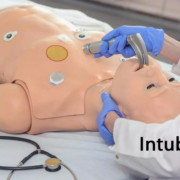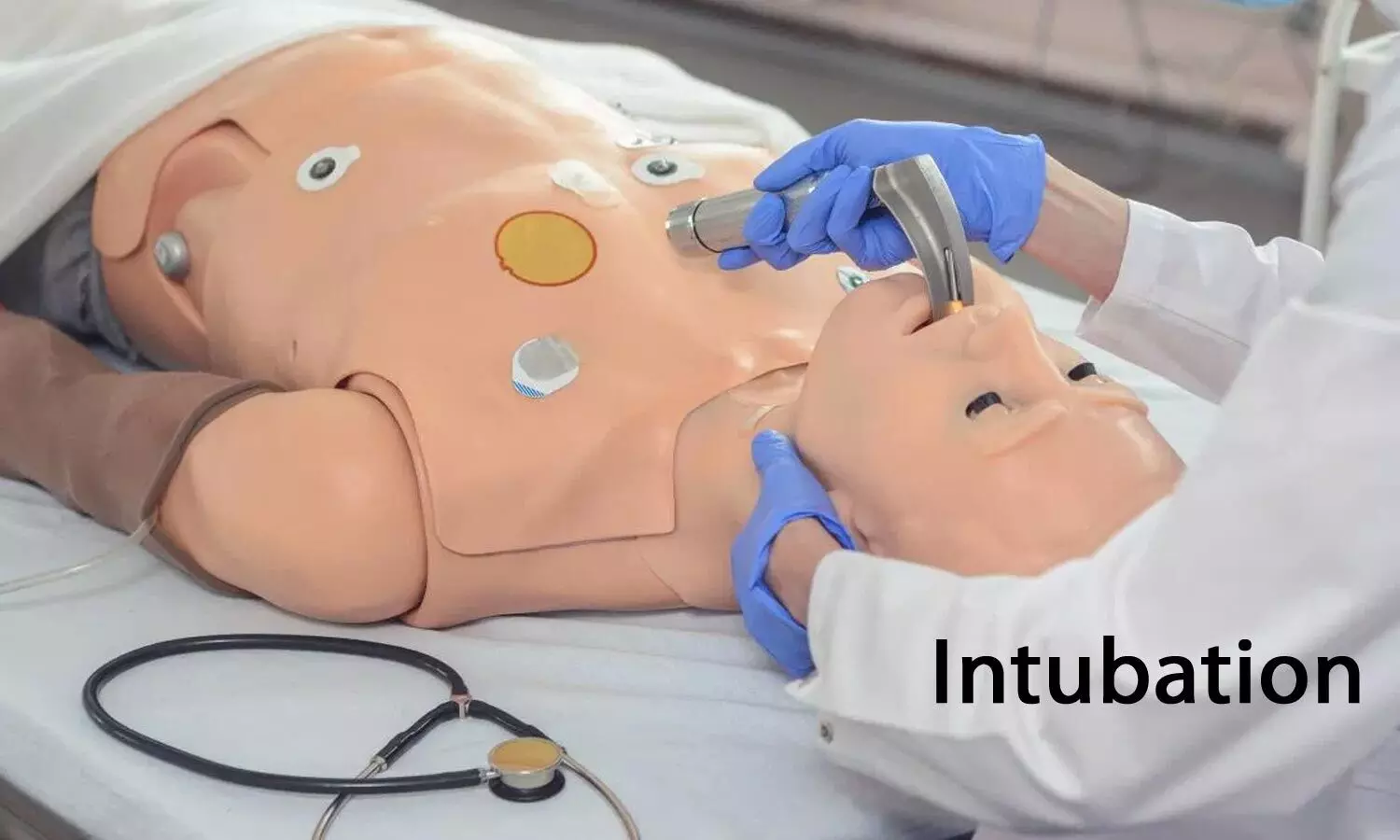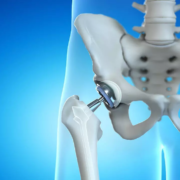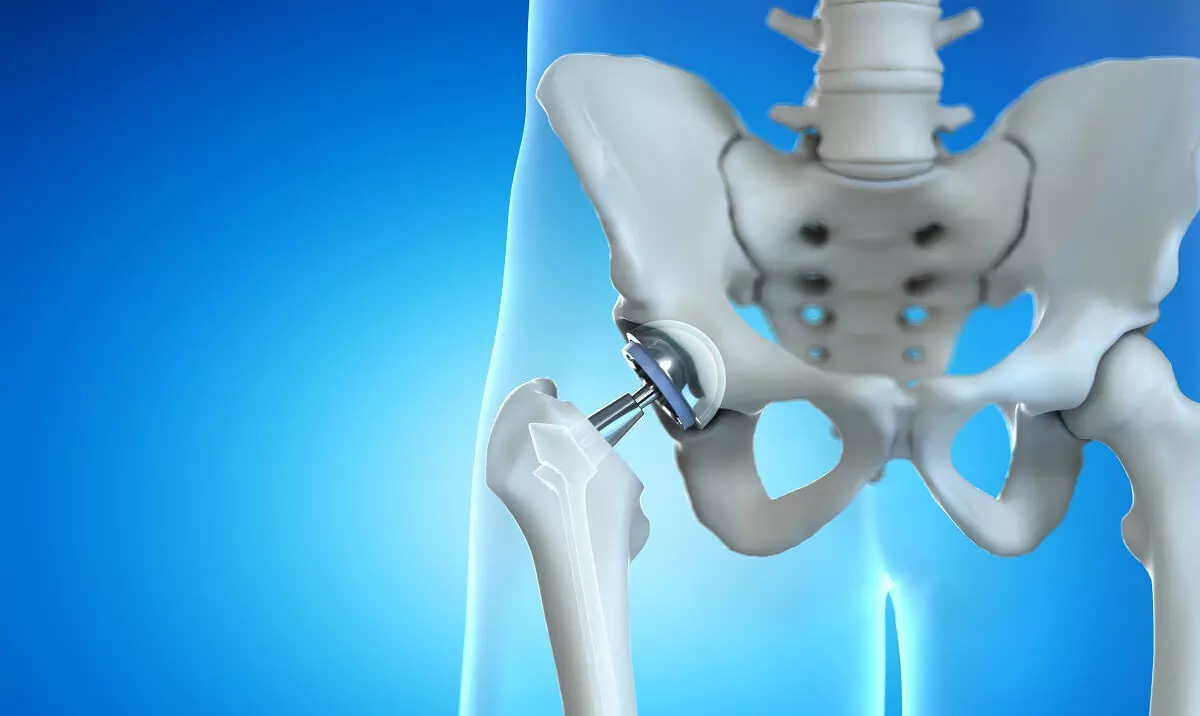European Society of Endocrinology and Endocrine Society Release Joint Clinical Guideline on Glucocorticoid-induced Adrenal Insufficiency
Glucocorticoids, commonly prescribed for inflammatory and autoimmune conditions, have revolutionized the treatment of various diseases. However, their prolonged use can suppress the body’s natural production of cortisol, leading to adrenal insufficiency—a condition characterized by inadequate cortisol secretion from the adrenal glands.
The joint guideline, published in The Journal of Clinical Endocrinology & Metabolism and the European Journal of Endocrinology, is designed to help clinicians manage patients who have or are at risk of developing glucocorticoid-induced adrenal insufficiency. At least 1% of the global population uses chronic glucocorticoid therapy as an anti-inflammatory or immune-suppressive agent.
This guideline is the first developed and published jointly by the Endocrine Society and the European Society of Endocrinology. The Societies are planning to publish a new joint guideline each year to maximize outreach and cover potential differences in clinical practice between Europe and the United States.
The working group behind this joint guideline was led by co-chairs Tobias Else, M.D., of the University of Michigan in Ann Arbor, Mich., and Professor Felix Beuschlein, M.D., of the University Hospital Zurich in Zurich, Switzerland.
“Our starting point was to define the clinical problem and knowledge gaps that come with glucocorticoid-induced adrenal insufficiency, for which we set out to provide some guidance – even in the absence of strong scientific evidence. We also wanted to make sure that we had good representation from Europe and the U.S. to cover potential differences in clinical practice. In this, we were privileged to gather an excellent team of specialists with great knowledge, diligence, and enthusiasm—all of which is required to get through the process of writing a guideline from scratch,” said Beuschlein.
“The discussions between the panel members during the writing of the guideline, and the review process, which included all members of both societies, has resulted in a level of consensus that has not been reached before. I hope that the global reach of this joint guideline goes beyond what either Society could reach independently.”
The key recommendations are given below:
- The researchers recommend that in general, patients on, or tapering off glucocorticoids for non-endocrine conditions do not need to be evaluated by an endocrinology specialist.
- They recommend that clinicians who implement treatment with glucocorticoids educate patients about various endocrine aspects of glucocorticoid therapy.
- It is recommended that patients on glucocorticoid therapy have access to current up-to-date, and appropriate information about different endocrine aspects of glucocorticoid therapy.
- The researchers suggest not to taper glucocorticoids in patients on short-term glucocorticoid therapy of <3-4 weeks, irrespective of the dose. In these cases, glucocorticoids can be stopped without testing due to low concern for HPA axis suppression.
- Glucocorticoid taper for patients on long-term glucocorticoid therapy should only be attempted if the underlying disease for which glucocorticoids were prescribed is controlled, and glucocorticoids are no longer required. In these cases, glucocorticoids are tapered until approaching the physiologic daily dose equivalent is achieved (eg, 4-6 mg prednisone).
- They recommend consideration of glucocorticoid withdrawal syndrome that may occur during glucocorticoid taper. When glucocorticoid withdrawal syndrome is severe, glucocorticoid dose can be temporarily increased to the most recent one that was tolerated, and the duration of glucocorticoid taper could be increased.
- They recommend against routine testing for adrenal insufficiency in patients on supraphysiologic doses of glucocorticoids, or if they are still in need of glucocorticoid treatment for the underlying disease.
- They suggest that patients taking long-acting glucocorticoids (eg, dexamethasone or betamethasone) should be switched to shorter-acting glucocorticoids (eg, hydrocortisone or prednisone) when long-acting glucocorticoids are no longer needed.
- If confirmation of recovery of the HPA axis is desired, morning serum cortisol as the first test is recommended. The value of morning serum cortisol should be considered as a continuum, with higher values more indicative of HPA axis recovery.
- They recommend that patients with current or recent glucocorticoid use who did not undergo biochemical testing to rule out glucocorticoid-induced adrenal insufficiency should receive stress dose coverage when they are exposed to stress.
- They suggest that patients aiming to discontinue glucocorticoids, but without recovery of the HPA axis in one year while on physiologic daily dose equivalent, should be evaluated by an endocrinology specialist. It is suggested that an endocrinology specialist evaluate patients on glucocorticoids and history of adrenal crisis.
- The researchers suggest that patients with current or previous glucocorticoid treatment presenting with signs and symptoms of exogenous Cushing syndrome are assumed to have glucocorticoid-induced adrenal insufficiency.
In 2025, the Societies plan to publish a joint guideline on diabetes in pregnancy; in 2026, a joint guideline on arginine vasopressin resistance and arginine vasopressin deficiency; and in 2027, a joint guideline on male hypogonadism.
Reference:
1) Beuschlein, F., Else, T., Bancos, I., Hahner, S., Hamidi, O., Van Hulsteijn, L., Husebye, E. S., Karavitaki, N., Prete, A., Vaidya, A., Yedinak, C., & Dekkers, O. M. European Society of Endocrinology and Endocrine Society Joint Clinical Guideline: Diagnosis and Therapy of Glucocorticoid-induced Adrenal Insufficiency. The Journal of Clinical Endocrinology & Metabolism. https://doi.org/10.1210/clinem/dgae250
2) Beuschlein, F., Else, T., Bancos, I., Hahner, S., Hamidi, O., Van Hulsteijn, L., Husebye, E. S., Karavitaki, N., Prete, A., Vaidya, A., Yedinak, C., & Dekkers, O. M. (2024). European Society of Endocrinology and Endocrine Society Joint Clinical Guideline: Diagnosis and therapy of glucocorticoid-induced adrenal insufficiency. European Journal of Endocrinology, 190(5), G25-G51. https://doi.org/10.1093/ejendo/lvae029




















